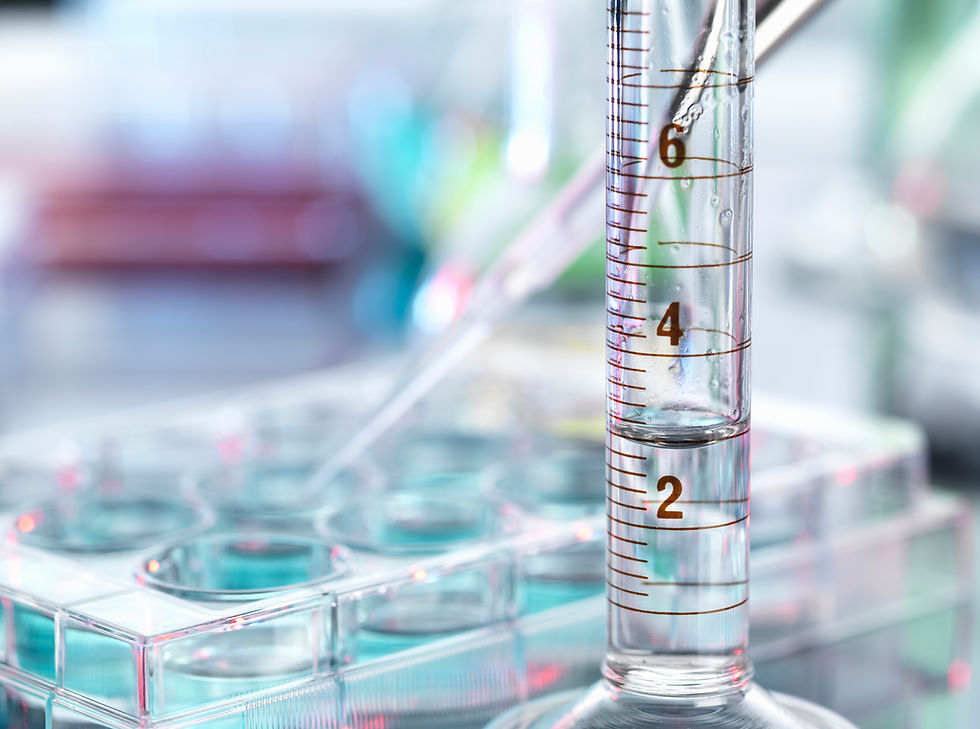

Neuroscience PhD Candidate

What have I been working on?
Here you will find projects I have worked on in the past,
as well as projects I'm interested in working on in the future.
If any of these are of interest to you, please contact me and
I would love to look into collaborating!
Serotonin Transporter
Graduate Student
City University of New York
The main physiological function of the serotonin transporter (SERT) is to limit serotonin neurotransmission or set the tone and duration of transmission via uptake. The mechanism of uptake is incredibly important, and therapeutics for mood disorders rely on inhibiting or blocking uptake.
Drugs of abuse such as amphetamine and its analogues actually lead to an opposing mechanism that is less known: the efflux of serotonin through SERT. It is evident that amphetamines are hijacking an endogenous mechanism. While we have yet to uncover the exact mechanism behind this, my work provides one piece of the puzzle.
My work from the lab of Gonzalo Torres shows that the G protein subunits beta and gamma (Gbg) physically interact with the C-terminal of SERT. In cells in culture, this interaction promotes the efflux of serotonin while in brain slices, this interaction potentiates the effects of amphetamines.
While neuronal serotonergic signaling is critical, the gastrointestinal tract actually harbors the largest concentration of serotonin in the body. The last streak of my PhD work includes determining if there is a Gbg-SERT interaction in the gastrointestinal tract and if this also leads to serotonin release.
It is imperative to further flesh out this mecehanism for the development of novel therapeutics for the treatment of serotonergic disorders.
To test this interaction and the functional impact of it, we have used biochemical assays such as western blots, (co)-immunoprecipitations, GST-pulldown assays, radioactive assays, the use of acute brain slices with high-performance liquid chromatography, and microdialysis.
Within this project, we have published one methods paper detailing how to measure endogenous monoamine release in acute brain slices and a book chapter detailing methods to study monoamine transporters.


Antibiotics & Behavior
Graduate Student
City University of New York
Bacteria and mammals have a long-standing symbiotic relationship. Colonization begins in the womb and continues throughout the host’s life impacting several key biological functions.
It is still largely unknown how disruptions in the gut-microbiome, or the collection of bacteria within the gastrointestinal tract, impact monoamine neurophysiology and behavior.
When I began my Ph.D, I sought out to determine the impact of early antibiotic exposure on monoamine proteins and related-behaviors. I completed one cohort of animals, however, due to the COVID-19 pandemic, I was unable to complete this project due to timing concerns.
This is something I'm interested in coming back to researching in some capacity as antibiotics are some of the most common therapeutics administered, yet we have a limited understanding on how they influence neuronal populations, specifically overtime.
Olfactory system
University of Vermont
Undergraduate Researcher
While at UVM, I worked with Rona and Eugene Delay for four years. During this time, we sought out to determine how a common chemotherapeutic, cyclophosphamide, impacted cell proliferation in the peripheral olfactory system. Those undergoing chemotherapy often face harsh chemosensory alterations, which are often overlooked during treatment even though they significantly impact rehabilitation.
During this time, I presented at multiple conferences, trained a plethora of students, and was able to publish two papers, including one first author and a subsequent paper detailing proliferation of a population of stem cells.
In addition to my main project, I also helped run smaller projects to determine the role of oxytocin on aggression in mice.
I'm still interested in the chemosensory systems, specifically in drugs or disorders that may impact taste or smell.

Gut-Brain Axis
Future Interests
Generally, I am interested in investigating the parallels and crossovers between IBS, mood disorders and substance use disorder and how these disorders may change the gut microbiome.
Nucleotide-binding oligomerization domain 2 (NOD2) is an intracellular pattern recognition receptor found within the gut and recognizes the peptidoglycan cell wall on bacteria. Many patients with Chron’s disease, a subtype of IBS or chronic debilitating gut disorder, have mutations in NOD2. However, there is a dearth of evidence regarding brain NOD2 expression and function. Interestingly, there is a staggering rate of co-morbidities between IBS and mood disorder, and recently, substance use disorder.
Importantly, the functional role of central NOD2 is unknown. Why would a bacterial recognition receptor be expressed in the brain? What role does this play in maintaining brain homeostasis?
I'm interested in investigating how NOD2 impacts neurophysiology and behaviors, along with the general understanding of the long-term neurological impact of gut microbiome depletion early in life via antibiotic exposure.
